Recently, the internet has been flooded with “Ghiblified” photos—ordinary scenes transformed into dreamy, hand-drawn landscapes that look like they belong in a Studio Ghibli film. At first glance, these AI-generated images are enchanting. But behind their beauty lies a difficult question: what happens to art when it no longer requires human effort, empathy, or pain?
Studio Ghibli’s works are more than stories or animations—they are emotional experiences shaped by countless hours of hand-drawn labor.
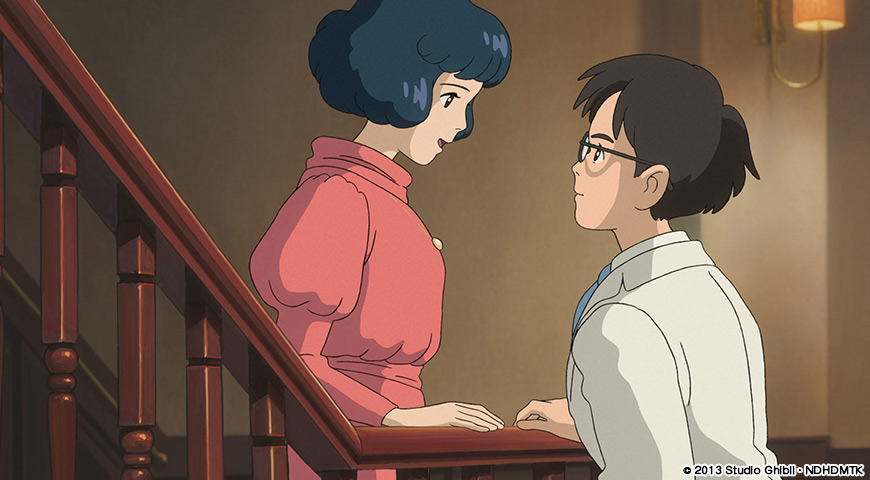
Last Friday, I watched The Wind Rises, one of the films from Studio Ghibli, a renowned animation studio in Japan. In Japan, Ghibli is a nationally beloved anime; almost everyone has seen or at least knows it. Its influence and popularity continue to grow, earning admiration from audiences all over the world.
Why is Ghibli So Universally Loved?
Masami, a BA in East Asian Studies, explains that this global fascination has helped share Japanese culture worldwide, popularizing its aesthetics among non-Japanese audiences. One feature she calls ”the romanticisation of everyday life in Japan”.
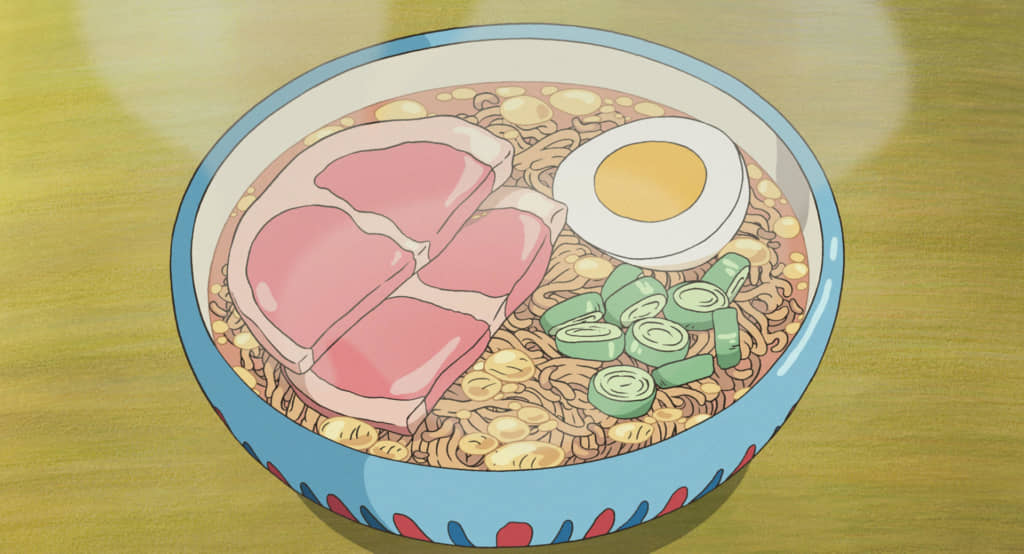
For example, Ghibli films depict ordinary Japanese culture, such as food, clothes, customs, and local scenery as something beautiful and almost sacred. The vivid colors and glossy finish of Ghibli’s paintings make even simple meals look irresistible. This attention to detail, from the rising steam of hot food to the gentle sounds of cooking, captures the charm of daily life.
Music also plays a crucial role. Many Japanese instantly recognize Ghibli’s soundtracks. Their grand, emotional melodies draw us into Ghibli’s mysterious worlds.
Moreover, Ghibli films carry the weight of words because they are filled with humanity — joy, grief, nostalgia, and hope. Each story holds moral and emotional weight, inviting us to think about life, nature, and kindness.
The Rise of “Ghiblification”
One of the most talked-about trends in 2025 was the rise of “Ghiblification”. The term refers to AI users creating personalized images or videos in the style of Hayao Miyazaki’s animations. It became especially when not only individuals, but also the government agencies — such as the Israeli Defense Forces and the U.S .White House began posting “Ghibli-style’ images on social media.
How to make Ghibli-style Images
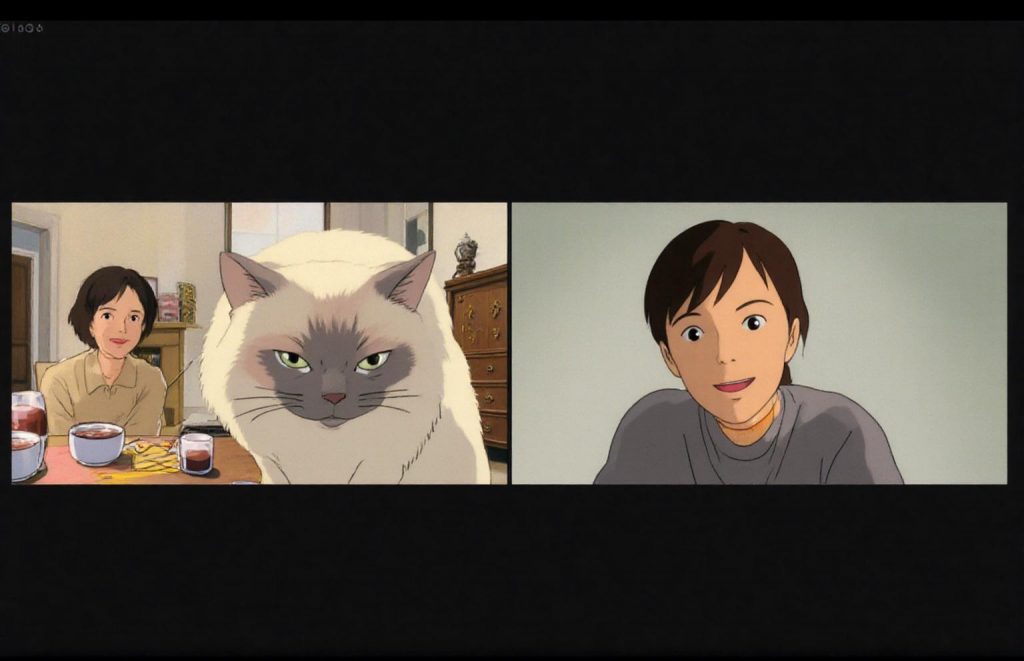
Creating a Ghibli-style image is surprisingly easy. First, choose an AI tool such as ChatGPT or another image generator. Then, upload the photo you want to “ghiblify”. Within a few minutes, it’s done.
For example, I created a Ghibliified image of a Zoom meeting I had with my mother and cat. The AI slightly changed small details, but overall, it looked like a scene straight from a Ghibli movie.
AI: tribute or copyright infringement?
This easy, simple, and convenient process surprised me. However, this very convenience merely satisfies a temporary desire.
According to Mr Kensaku Fukui, Solicitor and Head of Antique Street Law Office, simply being “Ghibli-style” likely remains an imitation of the idea or style and is unlikely to constitute copyright infringement.
However, if the specific expression—such as the composition or character design of a particular work—becomes strikingly similar, it could cross the line.
Despite the growing popularity of Ghiblification, Studio Ghibli’s staff have not officially addressed the controversy. It remains unclear whether AI has the license to use its art style.
This debate has revived public interest in Hayao Miyazaki’s thoughts on artificial intelligence, especially his comments in the 2016 documentary Never-Ending Man: Hayao Miyazaki.
“Whoever creates this stuff has no idea what pain is whatsoever. I am utterly disgusted. If you really want to make creepy stuff, you can go ahead and do it. I would never wish to incorporate this technology into my work at all. I strongly feel that this is an insult to life itself.”
In the scene, producer Suzuki asked the presenter, “So, what is your goal? “
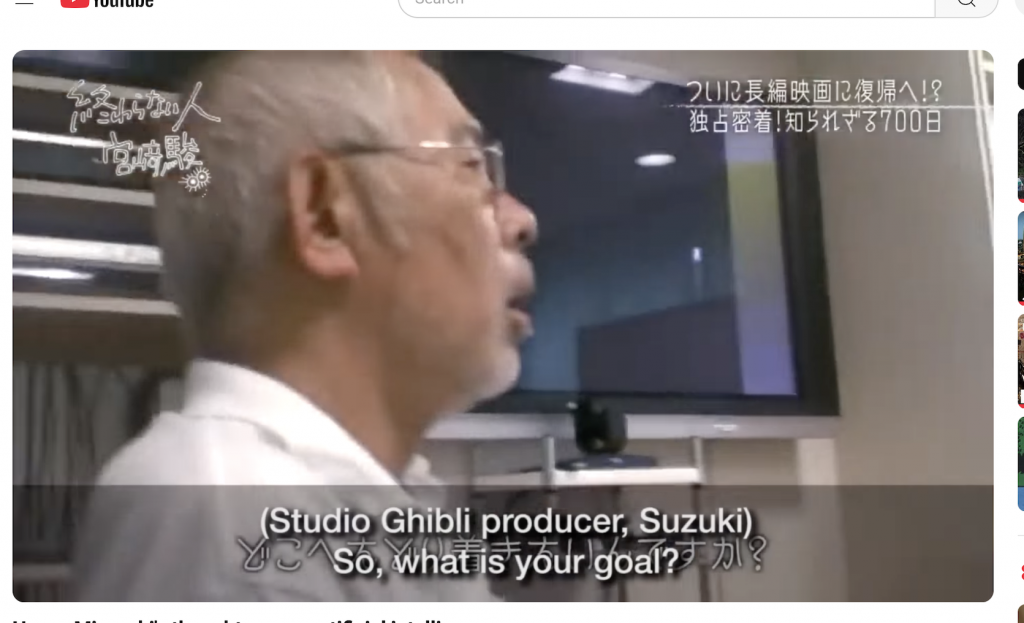
To me, that single question reveals everything about his belief — that art must come from empathy and purpose, not from mechanical imitation.
Writer, Jason Theodor expressed a similar concern on Medium.
“It’s also crass and disposable. It has no true value or meaning. There was no pain involved in its creation. No effort, no thought, no struggle. This is junk food for the soul. And don’t get me wrong, I love junk food, but it cannot sustain you. True nourishment comes from the full human experience.”
We live in a culture where if something looks good or familiar, we accept it without questioning how it was made. Even if we don’t copy Ghibli’s characters directly, we are still borrowing its spirit and aesthetic.
So I want to remind you again:
If AI can mimic Ghibli’s look, can it ever capture its heart?
If art only imitates what is familiar, can we still call it art? And if the process of creation no longer matters — what does that say about us?
Sources:
https://www.thepennmoviegoer.com/movie-review/the-wind-rises-we-must-try-to-live
https://thesciencesurvey.com/editorial/2025/07/03/the-ghiblification-controversy
https://suritjohndasgupta.medium.com/ghiblification-and-peace-of-hayao-miyazaki-7bc8661ab73d
https://www.soas.ac.uk/about/blogs/why-studio-ghibli-so-popular-and-how-it-exports-japanese-culture

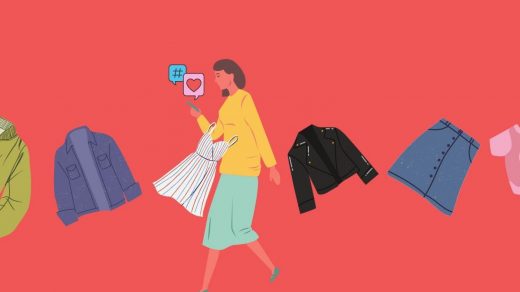

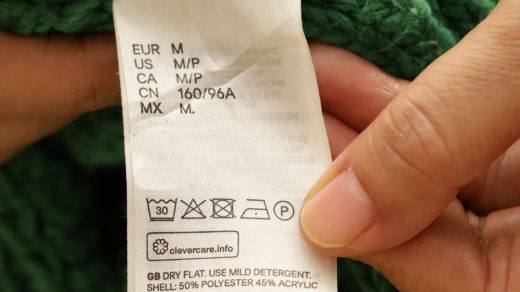
interesting topic, the concern of AI and copyright on art is definitely a hot topic that I see come by on my feed every so often. In the case of studio Ghibli I would say that AI wouldn’t be able to capture the heart of Ghibli. I believe that AI couldn’t make an authentic piece simply because it is just not created by Ghibli studios. I understand where Hayao Miyazaki is coming from, personal experience – the joy, edurance and pain – is part of the process in creating a piece and this sort of imitation lacks the personal touch that would give it backbone and resonate with other people’s personal experience.
When I first saw how people from all over the world were using these tools to make ghiblified images, I was shocked. Without understanding the immense effort that the artists and everyone involved in the Ghibli film put into a single movie, they only extract what’s shown on the surface and conform to the trend. These generative tools and moreover, will never understand (I don’t even know if I should use the word “understand” to AI because it is just the combination of information), the spirit that is put into these Ghibli styles, and people should be more aware of what they are using and are exposed to.